Best Apple Studio Display alternatives of 2025: top monitors from 4K to 8K
We tested out the best alternatives to the Apple Studio Display

The best Apple Studio Display alternative offers the high resolutions, color accuracy, and connectivity that users demand, without the price-tag and limitations we found in our Apple Studio Display review.
There's no denying the Apple Studio Display is a mighty monitor - a color-accurate 27in 5K monitor that seamlessly connects to other Apple devices and designed to get the best out of a host of content creation projects. It's also undeniably expensive and while it made our round-up of the best 5K and 8K monitors, it's not the best choice for everyone.
Ironically, the best alternative to the Apple Studio Display is the Apple Pro Display XDR, which is a 32in 6K screen that really delivers the goods. However, we also like both the Dell U3224KB (if you need 6K) or the Dell UltraSharp U4021QW if you prefer a 5K monitor. Both are exceptional, reasonably priced in comparison, and are good Mac Studio Display alternatives whether you're using macOS or Windows. Whichever one you choose, they're all some of the best monitors for photo editing you can get right now.
For more displays compatible with Apple devices, we've also tested the best monitors for MacBook Pro. best monitors for Mac Studio, and the best monitors for the Mac mini.
Quick list
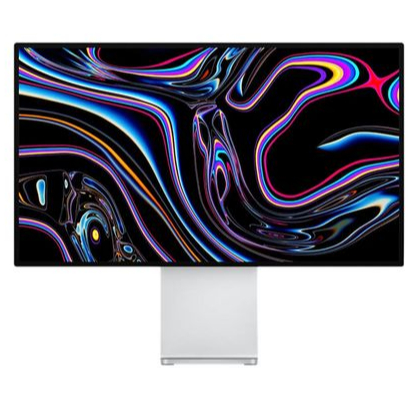
The best Studio Display alternative overall
The Pro Display XDR has a 32-inch screen and an impressive 6K resolution, with two options for standard or Nano-texture glass. It boasts a peak brightness of 1600 nits, with some of the widest color gamut coverage going. But it is not cheap by any means, so be prepared to make an investment here.
Read our full Apple Pro Display XDR deep dive
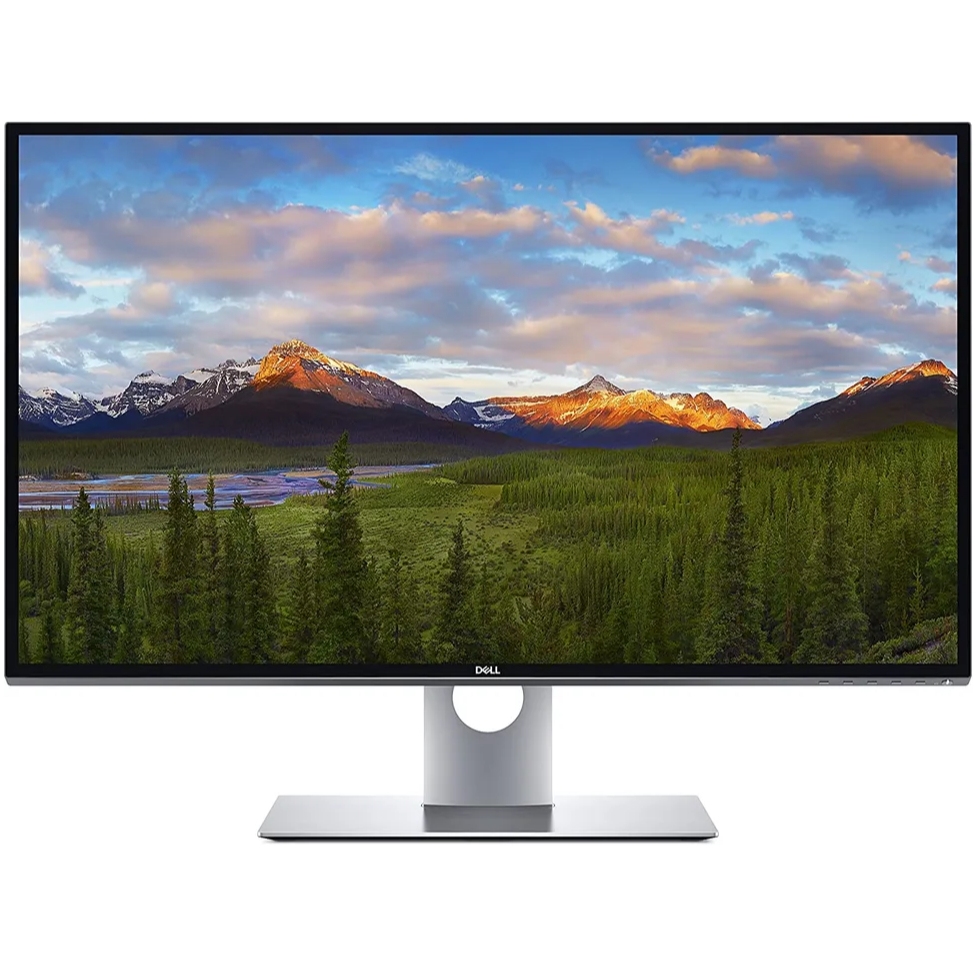
The best Dell 6K monitor
This well-reviewed Dell monitor, which connects via USB Type-C, may be a better option than the Apple Pro Display XDR and costs much less. It boasts a 31.5-inch viewable screen size and 450-nit brightness, making it perfect for video and photo editing work, as well as more general use.
Read our full Dell U3224KB review
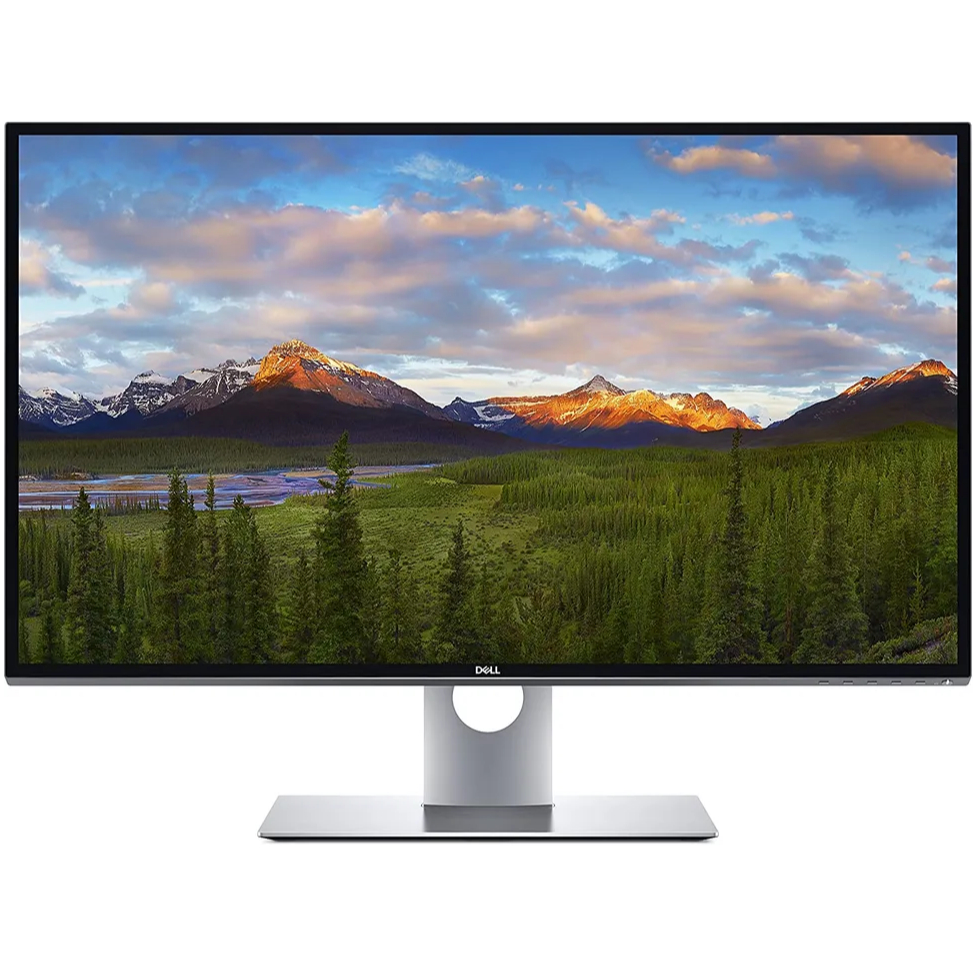
The best 8K monitor
Another winner from Dell, this 32-inch 8K meets major industry standards, including 100% Adobe, 100% RGB, 100% rec. 709, and 98% DCI-P3. The result is a vivid and consistent color spectrum that is perfect for creative pros for whom color fidelity is paramount.
Read our full Dell UltraSharp UP3218K review
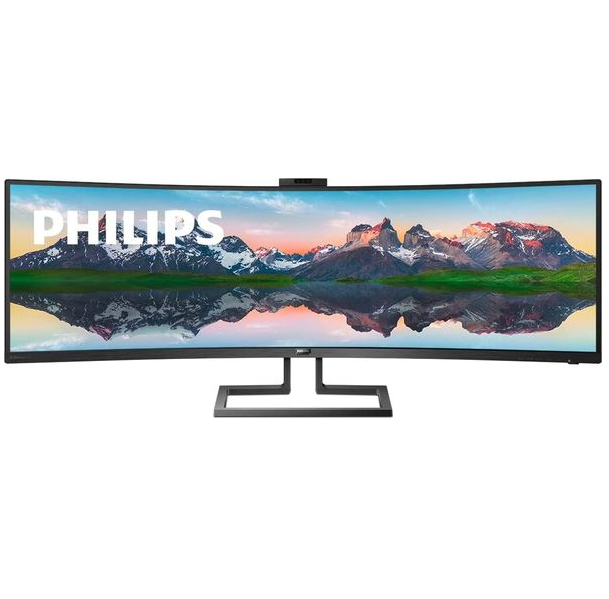
The best 5K ultrawide Studio Display alternative
This 49-inch display is truly impressive, with exceptional color accuracy that covers 91% of Adobe RGB and 103% of NTSC color gamut. It also has a maximum brightness of 450 nits and features various ports, a webcam, and built-in speakers. As an ultrawide, this monitor is ideal for video editing.
Read our full Philips Brilliance 499P9H review
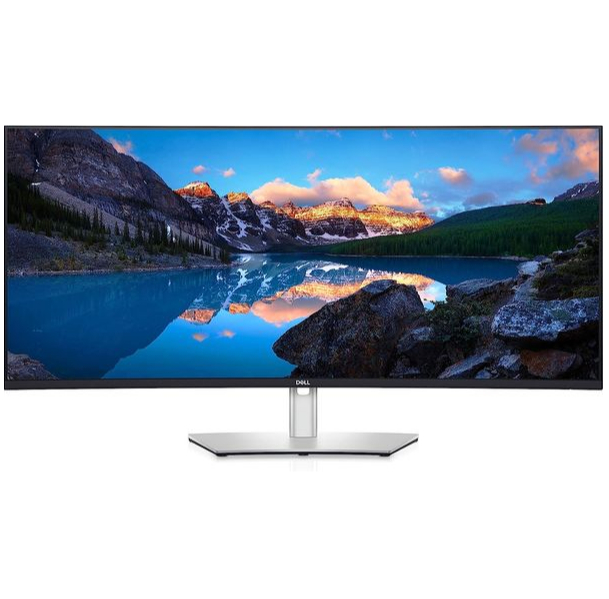
The best everyday Studio Display alternative
The 40-inch Dell UltraSharp U4021QW boasts a curved screen that delivers an immersive viewing experience. It offers crisp and clear visuals with a resolution of 5K (5120 x 2160) and a 16:9 aspect ratio. The monitor supports 99% sRGB and 95% DCI-P3 color gamut but has a peak brightness of only 300 nits.
Read our full Dell UltraSharp U4021QW review
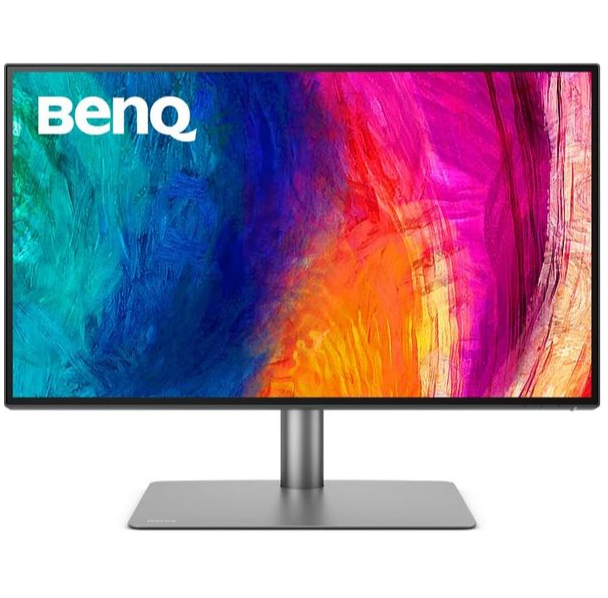
The best 4K Studio Display alternative
This highly-regarded 4K monitor comes in two sizes: 27 inches and 32 inches. It boasts a color coverage of 95% P3 and 100% sRGB with a Delta E ≤ 3. You can use it with a wall mount or keep it stationary. However, it's important to note that its peak brightness is only 400 nits, which may not be sufficient for some users.
Read our full BenQ PD2725U review
How to choose the best Studio Display alternative
Choosing the best Studio Display alternative for your setup goes beyond just screen size. For design, photography, and videography professionals, the 5K and 8K monitors provide enhanced clarity, color fidelity, and intricacy that the best 4K monitors can't match.
Yet, a top-tier 4K display often strikes an optimal balance of cost and performance for everyday creative tasks. When delving into 5K resolutions, options range from standard 16:9 to wider 21:9 ultrawide screens.
The best ultrawide monitors are ideal for tasks that demand a broad visual workspace, like editing videos or using multiple applications at once, whereas standard ratios are better suited for design tasks, thanks to their high-DPI scaling that sharpens images and text. Opting for an 8K monitor brings unmatched resolution but also involves considerable investment and limited availability.
By selecting a 5K or 8K monitor that matches up well against the Apple Studio Display's capabilities, you can get closer than you might think to Apple's latest display in terms of quality and functionality.
How we test the best Mac Studio Display alternatives
Our seasoned review team, skilled in evaluating a diverse range of displays from elite Mac mini and graphic design monitors to cutting-edge gaming and photography screens, adopts an exhaustive evaluation approach specifically designed for Studio Display alternative monitors.
We conduct detailed assessments of all facets of monitor performance, including MacBook Pro display refresh rates and the luminance of curved screens, maintaining consistent standards throughout our tests.
Our analysis of 5K and 8K monitors goes beyond mere specifications, putting them to the test in scenarios they’re built for, whether it’s executing top-tier games at their highest settings, editing ultra-high-resolution photos, or other specialized tasks. We thoroughly examine each monitor for color accuracy, brightness, response times, and refresh rates to gauge its overall performance.
But our review process doesn’t stop at technical evaluation. We also engage in prolonged real-world usage of each monitor, making them part of our daily workflows. This immersive strategy helps us gain insights into practical usage, evaluating everything from the comfort of viewing and impact on productivity to the ergonomics of the stand, benefits of the screen curvature, variety of connectivity options, and power efficiency.
Sign up to the TechRadar Pro newsletter to get all the top news, opinion, features and guidance your business needs to succeed!

John (He/Him) is the Components Editor here at TechRadar and he is also a programmer, gamer, activist, and Brooklyn College alum currently living in Brooklyn, NY.
Named by the CTA as a CES 2020 Media Trailblazer for his science and technology reporting, John specializes in all areas of computer science, including industry news, hardware reviews, PC gaming, as well as general science writing and the social impact of the tech industry.
You can find him online on Bluesky @johnloeffler.bsky.social